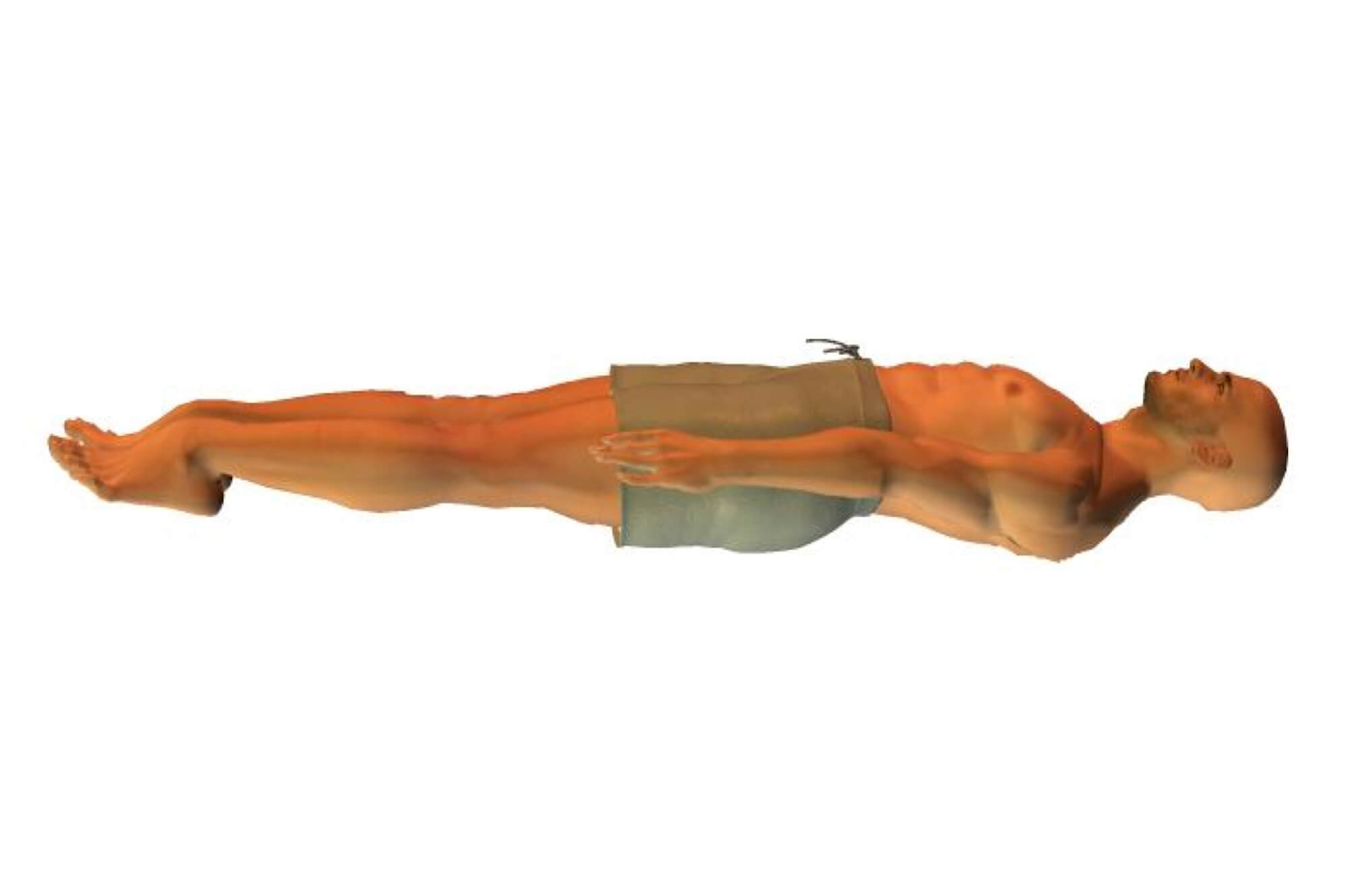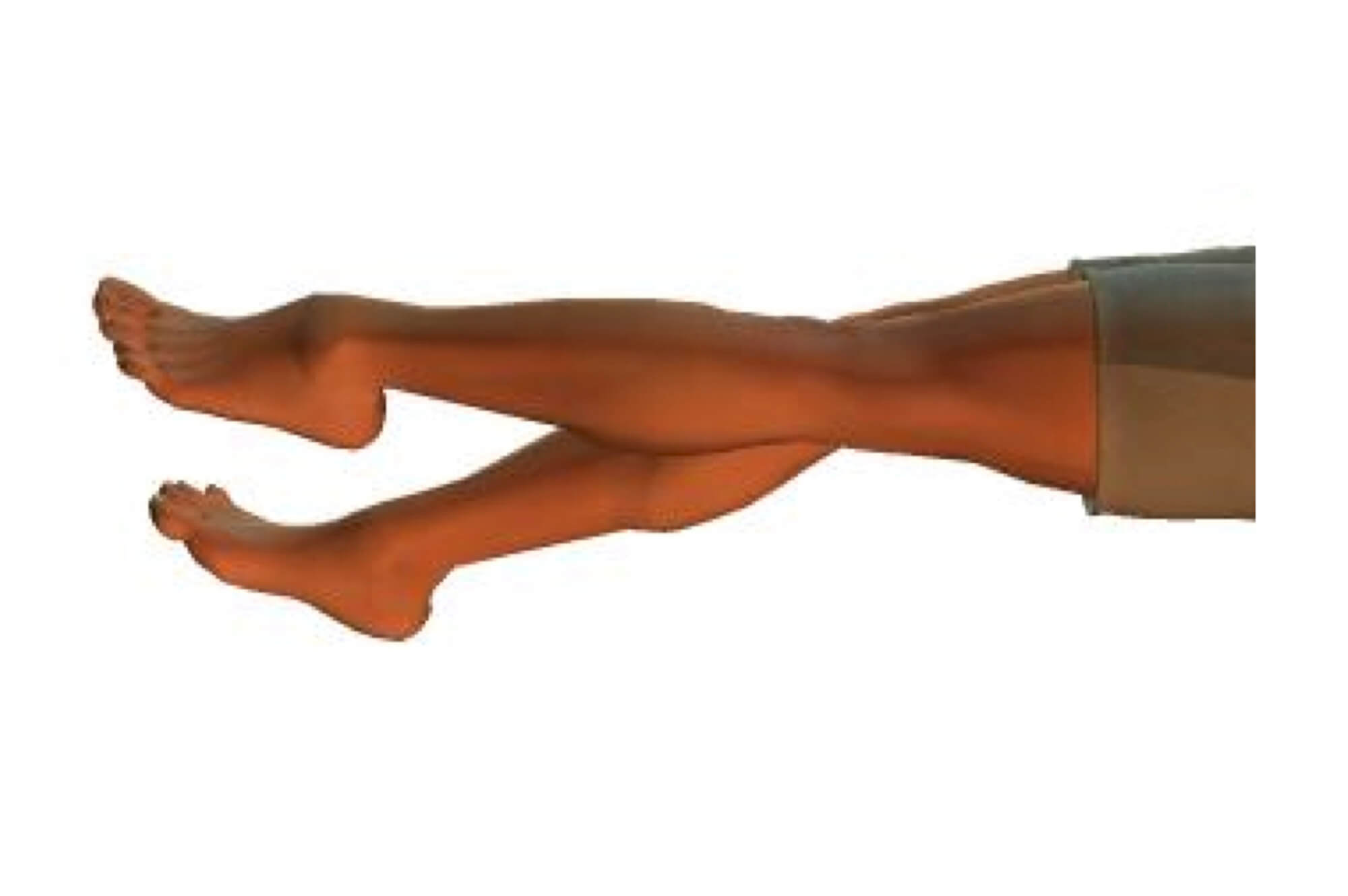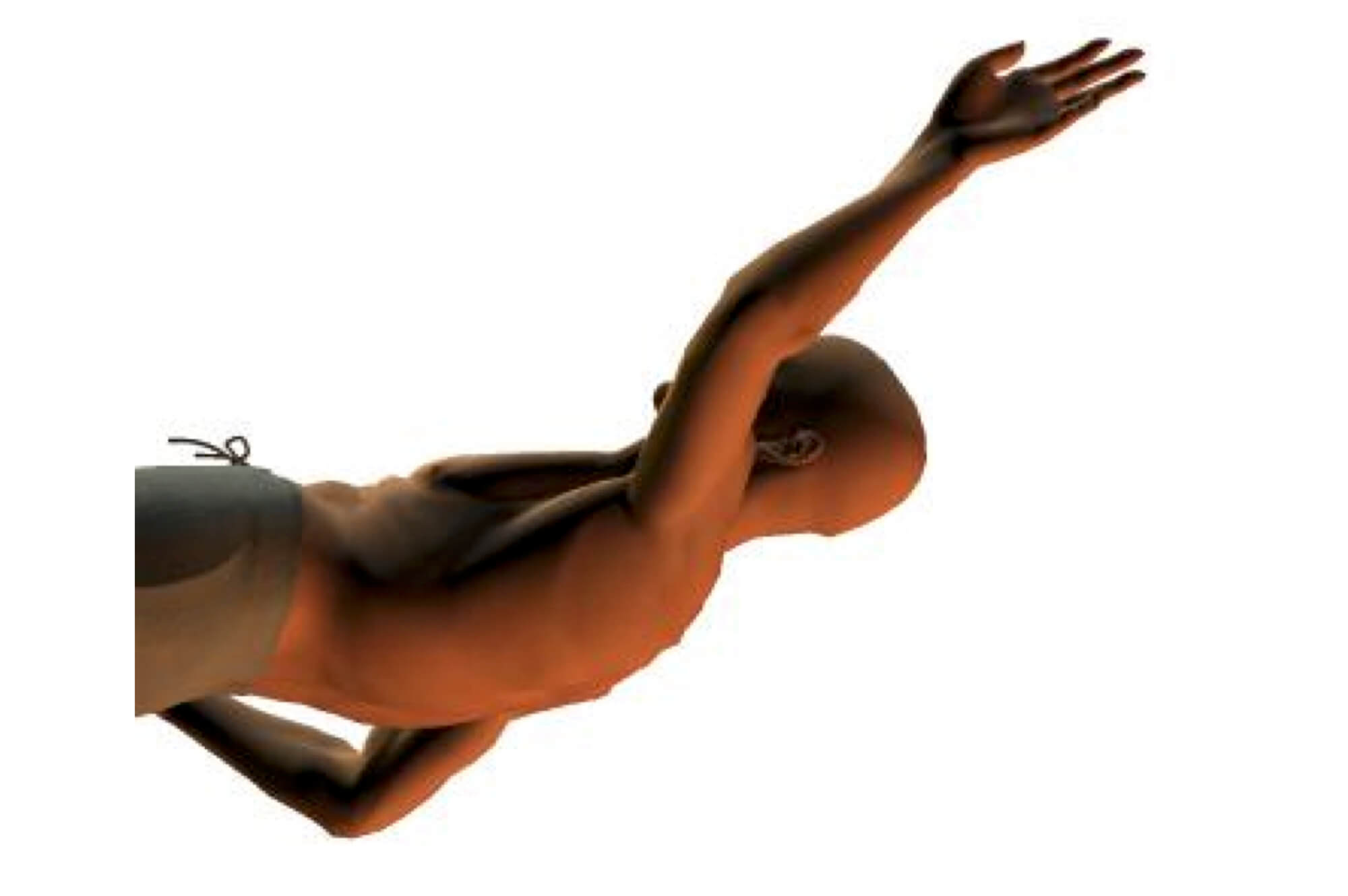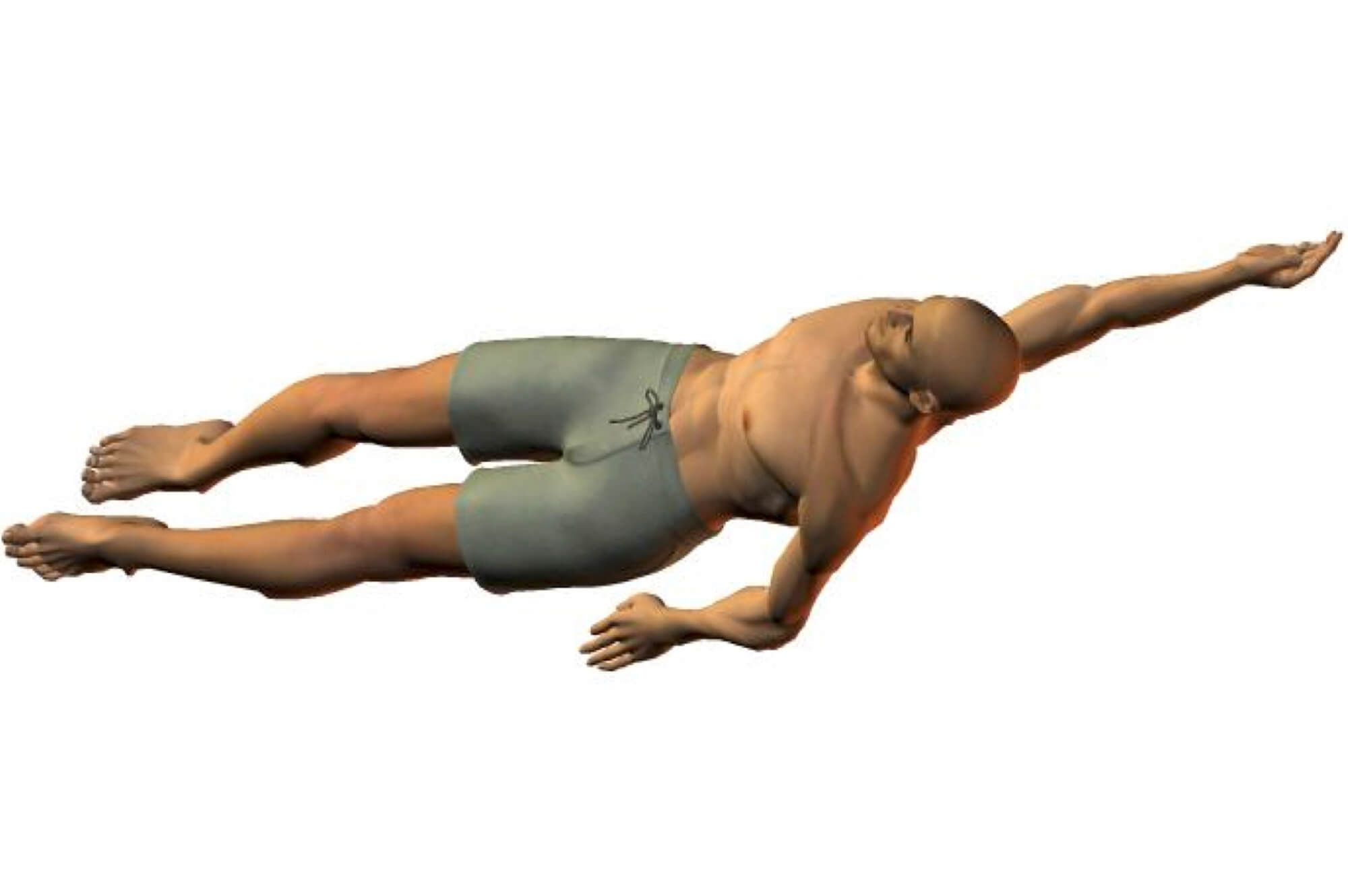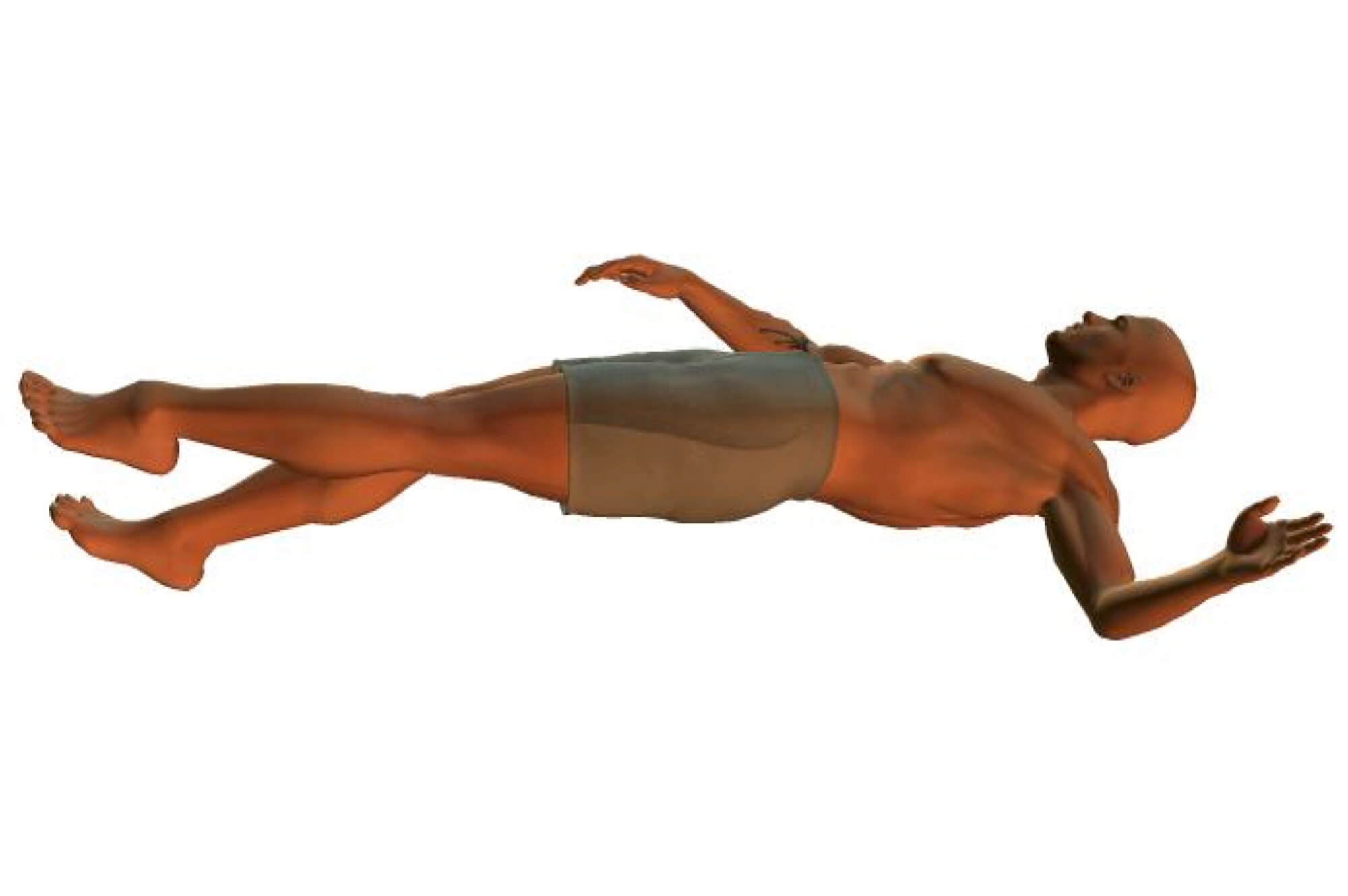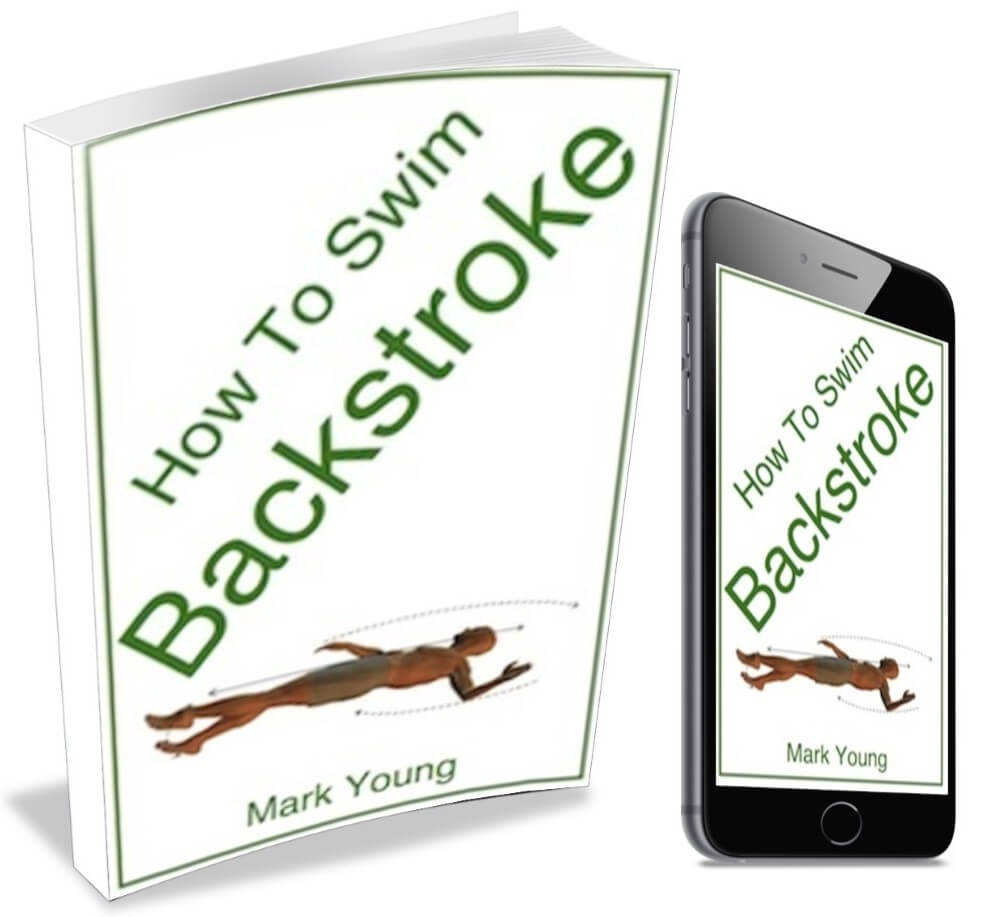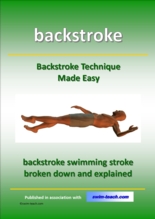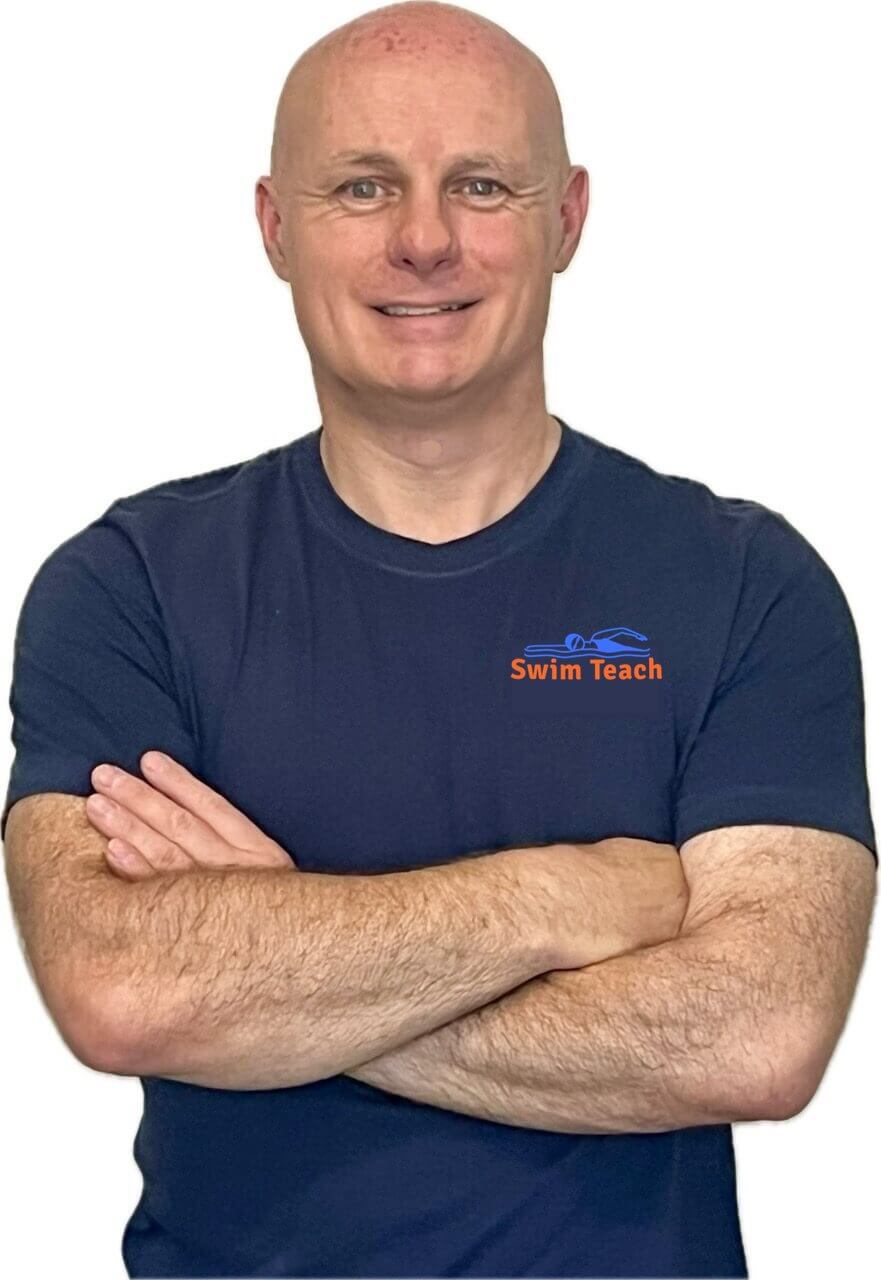- Swim Teach Home
- backstroke technique
- Backstroke Arms
Backstroke Arms
Backstroke arms provide the power and drive when swimming on the back, so correct technique is a must. But which technique works best for you?
There are two possible arm actions for backstroke:
- The straight arm pull - easier to learn and used in more recreational swimming.
- The bent arm pull - a tricky technique and is faster due to its greater propulsive power.
HOW TO SWIM BACKSTROKE EBOOK: everything you need to master breaststroke swimming stroke. 20 easy drills that focus on each part of backstroke technique. From body position to breathing and timing. Decades of teaching experience all packaged into 1 easy file. Download to your device and master backstroke TODAY! (click here for a preview)
Don't miss out! Click here for more details on how to get your copy.
Backstroke Arms Demonstration
FREE EBOOK: all of the technique tips here can be found in my 'Backstroke Technique' book, along with a couple of bonus drills to help you perfect some essential parts of the stroke.
Don't miss out! Click here to grab a FREE copy of my book.
Straight Arm Pull
Entry
The arm should be straight and as inline with the shoulder as possible. Hand should be turned with palm facing outwards and little finger entering the water first.
Propulsive phase
The arm sweeps through the water in a semi-circle, pulling with force just under the water surface, pulling to the outside of the thigh.
Recovery phase
The thumb or the back of the hand should exit the water first. The shoulders roll again with the shoulder of the recovering arm rolling upwards.
The arm rotates through 180 degrees over the shoulder and the palm is turned outwards during recovery to ensure that the hand enters the water little finger first.
Bent Arm Pull
This version of backstroke arm action is used more by competitive swimmers. As the arm pulls through to completion, the overall path should follow the shape of the letter S.
Entry
The entry is the same as the straight arm pull, with the little finger entering first, the palm facing out and the arm close to the shoulder line.
Downward sweep
The palm should always face the direction of travel.
The shoulders roll and the elbow bends slightly as the arm sweeps downwards and outwards.
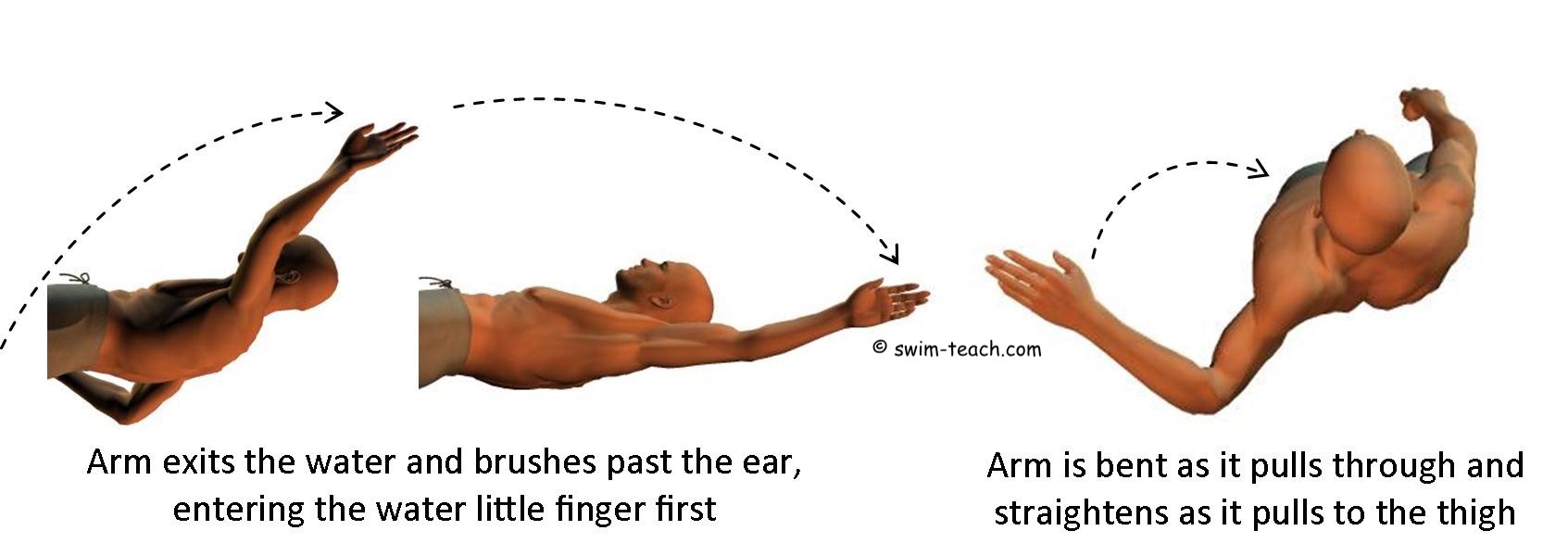
Upwards sweep
As the hand sweeps inline with the shoulder, the palm changes pitch to sweep upwards and inwards.
The elbow should then bend to 9o degrees and point to the pool floor.
Second Downward sweep
The arm action then sweeps inwards towards the thigh and the palm faces downwards.
The bent arm action is completed with the arm fully extended and the hand pushing downwards to counter balance the shoulder roll.
Recovery
The thumb or the back of the hand should exit the water first.
The shoulders roll again with the shoulder of the recovering arm rolling upwards.
The arm rotates through 180 degrees over the shoulder and the palm is turned outwards during recovery to ensure that the hand enters the water little finger first.
Need a Helping Hand?
If it's tried and tested exercises with specific teaching points that you're after, then the solution is right here. Download my book 'How To Swim Backstroke', and discover the key parts that make swimming on your back a pleasure!
Click below to download a copy to your computer, tablet or mobile device. Or, click here for more details.
I am a member of the Amazon Associates Program and I will earn a commission from qualifying purchases at no extra cost to you.
Common Mistakes You Could Be Making
Two common faults cause backstroke arms to become weak and the overall stroke inefficient. Firstly the upper arm must brush past the ear and the edge of the hand must enter the water in line with the shoulder. If the hand enters the water wide of the shoulder line then the arm pull with be incomplete and lack power.
Secondly it is very common to perform one arm pull at a time. In other words one arm completes a full arm pull cycle before the second arm begins its arm cycle. The arm pulls for back stroke should be continuous where one arm begins to pull as the other arm begins to recover.
Practicing the arm technique whilst holding a float on the chest is a good way of ensuring the hand is entering inline with the shoulder and that the arm pull is complete. Once this has been mastered then the swimmer can practice the full stroke ensuring the arms are performing continuous cycles.
Click here for more backstroke exercises.
